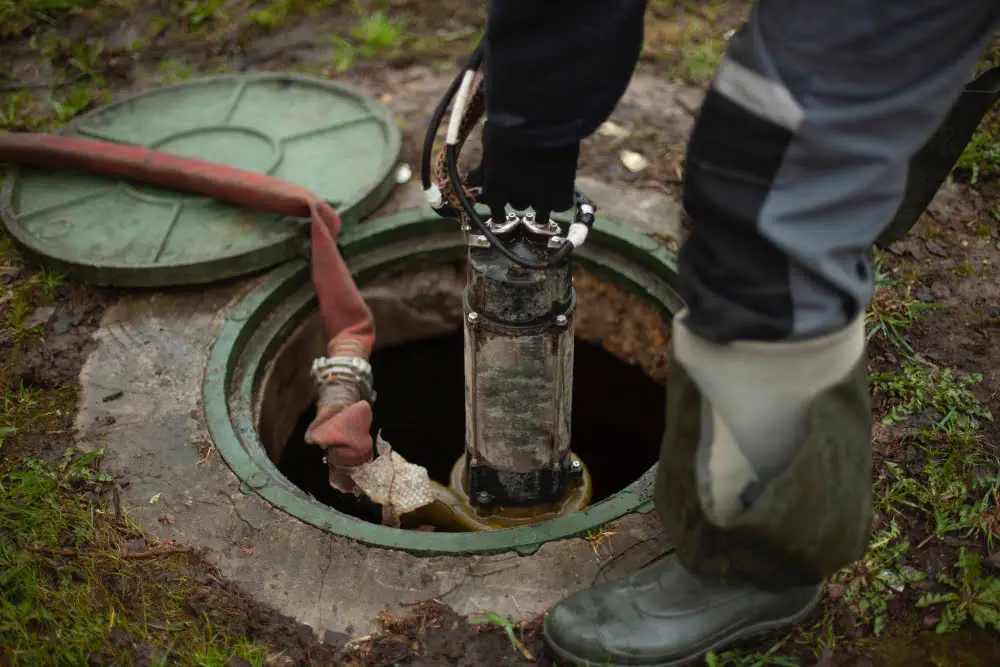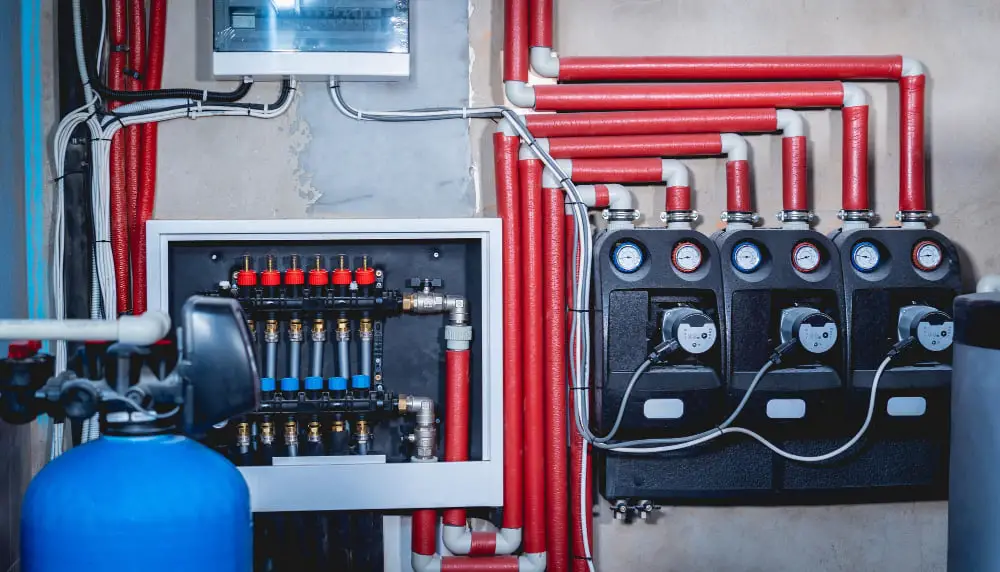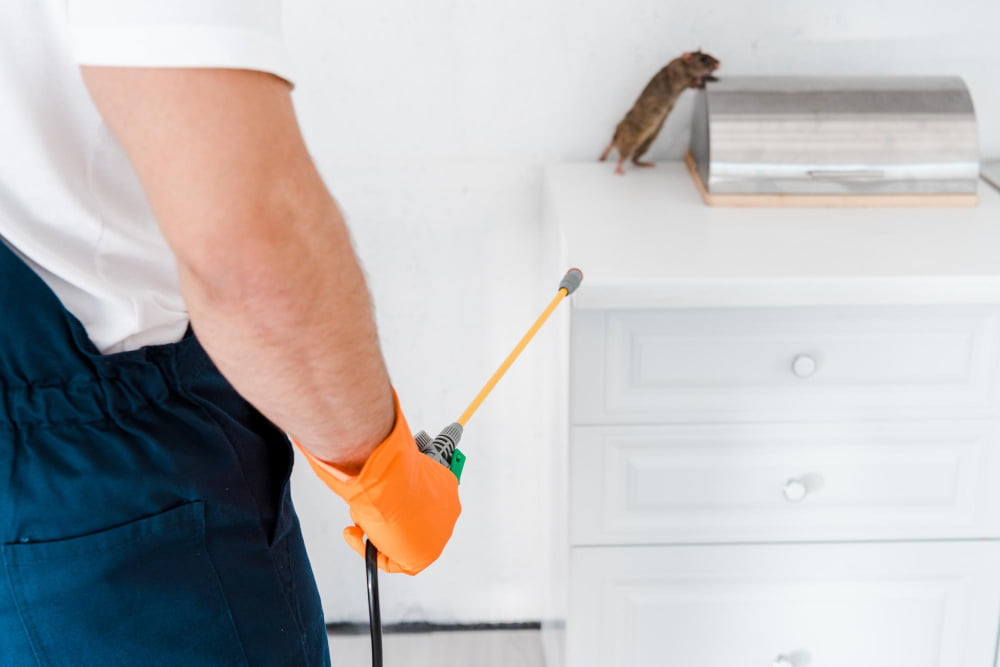Last updated on
The roof over your head is more than just a metaphor for security; it’s a critical component of your home’s structure and integrity. However, like all parts of a home, it doesn’t last forever. Recognizing the early signs of wear and tear can spare homeowners costly repairs and reinforce their investment.
In this guide, we’ll uncover the seven key indicators of roof damage you need to be vigilant about. From visible sagging and leaks to less obvious signs such as granule loss from asphalt shingles, understanding these indicators will help ensure that your sanctuary remains intact and that you’re well-prepared for the rigors of home maintenance.
Missing or Broken Shingles
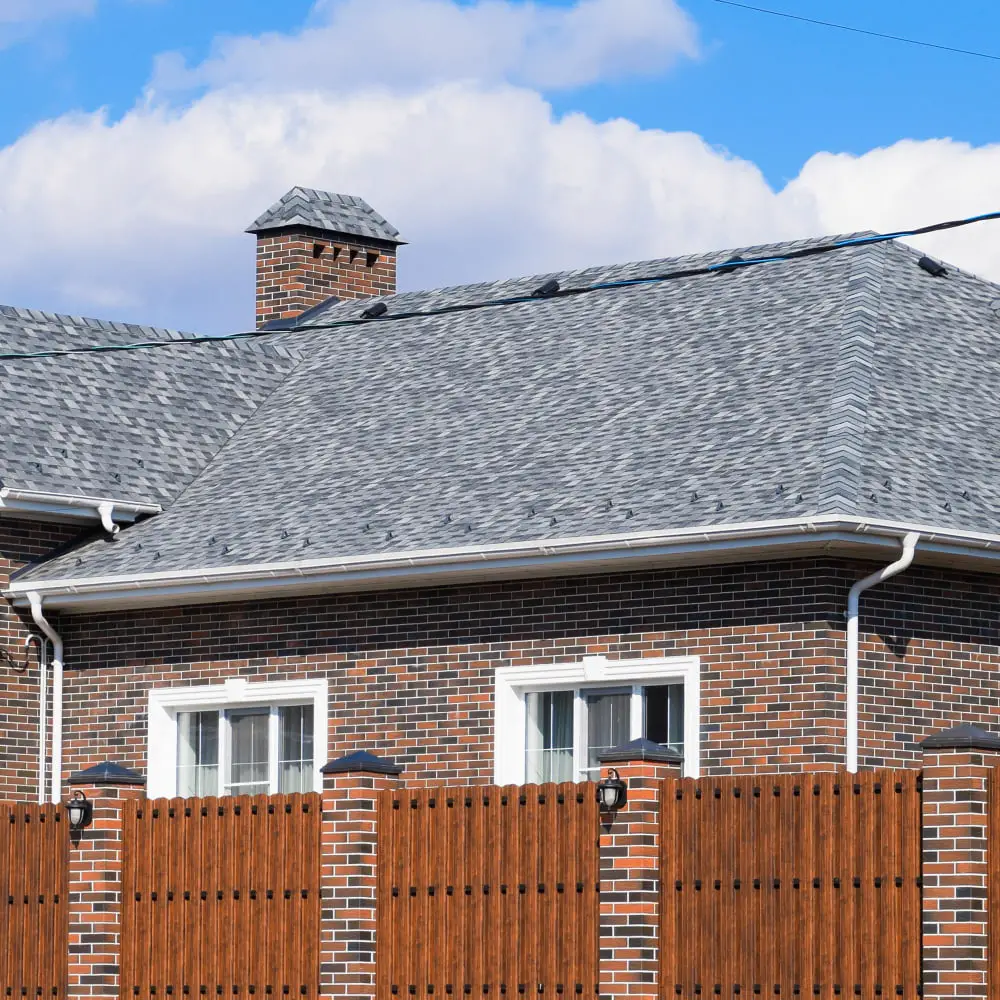
Shingles act as the outer shield for your roof, so when they are missing or broken, they expose your home to the possibility of water infiltration. This breach in your roof’s defense can subsequently lead to significant interior damage, including mold, mildew, or even structural decay. It’s prudent to regularly check your roof after severe weather conditions and address any damage promptly to maintain the integrity of your entire home.
Also, pay attention to any shingles that are curled or appear to be “lifting” at the edges. This is a sign of aging and may require replacement before they become completely dislodged from your roof. Calling trusted roof repair specialists to assess the situation is your best course of action. They have the equipment and expertise to evaluate the extent of damage and suggest appropriate repairs.
Sagging Roof Deck
A sagging roof deck often indicates weakened joists or trusses, which can be the result of prolonged exposure to moisture or structural overloading. If you notice a dip or curve in the roofline, it’s important to consult a professional immediately to assess the extent of the damage and discuss repair options. Continuing to ignore this issue can lead to severe structural damage over time, which will ultimately require costly repairs.
Water Damage or Leaks
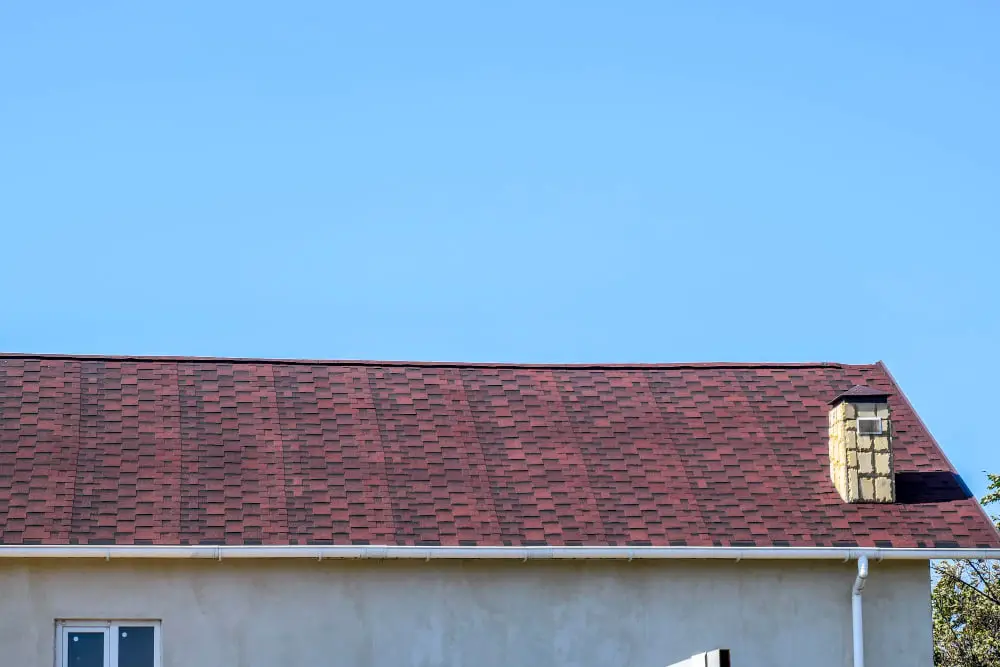
Water stains on ceilings or walls are a clear signal that water is finding its way into your home. Investigate any discoloration or peeling paint under the roofline, as leaks may start in the attic before they become apparent in living spaces.
In addition, check for damp insulation or mold growth, as these are also indications of water infiltration. To prevent further damage and potential health hazards, address any leaks promptly by fixing the source and repairing any affected areas.
Granule Loss from Shingles
Asphalt shingles shed their granules over time, which can accelerate due to hail or heavy rain. If you start noticing an excess of granules in your gutters or downspouts, it’s a sign that your shingles are aging and may need to be replaced soon. These granules act as a protective layer and their loss can lead to quicker deterioration of your shingles, leaving your roof vulnerable to damage.
Flashing Damage
Flashing is used to seal transitions where the roof meets a vertical surface like a chimney or a dormer. Damage to these metal strips, such as dents, rust, or detachment, can create entry points for water. Regularly check the condition of the flashing to prevent water damage. Any signs of damage should be addressed immediately to avoid further issues. A professional roofing contractor can inspect and repair your flashing as needed.
Algae or Moss Growth
The presence of algae or moss on a roof can be more than a cosmetic issue. It often signifies trapped moisture, which can deteriorate roofing materials over time. If you see extensive algae or moss growth, it’s best to address it quickly to maintain the integrity of your roof. You can use a specialized cleaning solution or hire a professional to remove the growth and prevent future occurrences.
Clogged Gutters
Gutters play a vital role in directing water away from your roof and foundation, ensuring that your home stays dry and free from water-related damages. When gutters become clogged with leaves, twigs, or debris, they can cause water to overflow, which can lead to damage to the roof edges and the underlying structures.
Regular gutter cleaning is essential to prevent this overflow and maintain the home’s exterior. If gutters are frequently clogged, consider installing gutter guards to minimize maintenance needs and protect your home from the potentially costly effects of water intrusion.
The Takeaway
Maintaining the health of your roof is paramount for the longevity and safety of your home. By staying alert to these seven indicators of roof damage—missing or broken shingles, a sagging roof deck, water damage or leaks, granule loss from shingles, flashing damage, algae or moss growth, and clogged gutters—you can preemptively address potential issues before they escalate into more serious problems.
Regular inspections, timely repairs, and proactive maintenance are key strategies to safeguarding your home investment against the natural wear and tear that all roofs experience. Don’t underestimate the impact of roof upkeep; it’s not just about aesthetics, it’s about providing a secure and watertight barrier for your cherished home.
Recap


